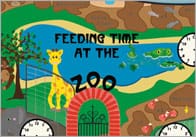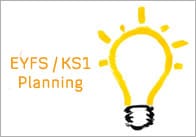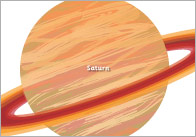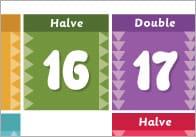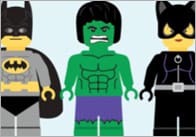Learning from play: the use of Lego in early years environments
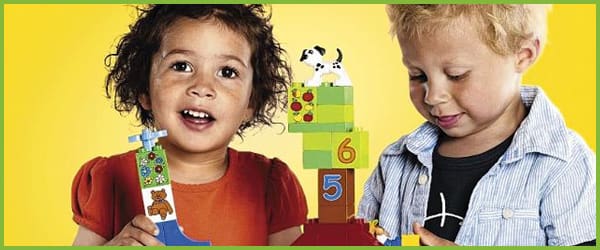

Lego is one of those toys that is ubiquitous in schools, early years settings and the homes of young children. It was first manufactured in a humble workshop in Denmark in the late 1940s but it has since developed in to one of the biggest brands in the world and has diversified in to many different marketplaces including video games and amusement parks. There is even a Lego movie scheduled for release in 2014! However, beneath the corporate veneer is a simple toy with huge educational value.
The name itself derives from the Danish phrase leg godt which translates as ‘play-well’. The importance of play in the early years cannot be understated. As Dr.Nicola Pitchford, Lecturer of Developmental Psychology at Nottingham University explains:
“Play facilitates the development of the basic building blocks of cognitive processing that are crucial for later acquired scholastic skills. Through play children learn to represent things symbolically and start to understand the relations between objects and events. Symbolic representations are the basis of many scholastic skills, such as literacy, writing, spelling and mathematics. Pretend play also helps children develop story-telling skills, supporting their development of imagination and grammar, both of which are necessary for understanding and creating literature.”
It can be easy to overlook the positive impact that Lego can have on a child’s development, so I thought I’d run through a few of its key benefits….
Spatial Awareness
Lego can be used as a tool to provide children with a structured understanding of objects including themselves, in a given space.
A young toddler may start using the slightly larger Lego Duplo bricks and will undoubtedly stack them together and knock them down in a fairly unsophisticated and repetitive manner. But in doing so the toddler is naturally developing their hand-eye coordination and general spatial awareness.
Colour Recognition
As well as recognising different shapes, a child can develop their colour recognition through playing with these colourful toy bricks. Research shows that children start to recognise colours from as early as 3-4 months, although in a very basic manner in that they mentally group similar colours together. As they grow older this recognition becomes more sophisticated and playing with toys like Lego can really promote this development.
Creativity and Role-Play
Children naturally explore the boundaries of their imaginations and creativity. From an early age a child will get to know the world through play. A child’s use of Lego will be quite basic when they are very young. However, as they grow older it is likely to become much more sophisticated as they create not only physical objects like buildings and vehicles, but they will often create characters and start to role play and reflect everyday situations like driving a car, shopping or cooking a meal. This can be a valuable learning experience in itself.
Social Development
Lego is a toy that lends itself to social interaction and collaboration. Research suggests that children become friendlier and more comfortable in social situations when they work on cooperative construction projects. Research has shown for example, autistic children who attended play group sessions with toy blocks made greater social improvements than did children who were coached in the social use of language (Owens et al 2008; Legoff and Sherman 2006, Long-term outcome of social skills intervention based on interactive LEGO play. Autism.10(4):317-29). Other research suggests that children who work on cooperative projects form higher-quality friendships (Roseth CJ, Johnson DW, and Johnson RT. 2008. Promoting Early Adolescents’ Achievement and Peer Relationships: the Effects of Cooperative, Competitive, and Individualistic Goal Structures. Psychological Bulletin, Vol. 134, No. 2: 223-246.).
Maths and Language Skills
Lego can be used as a ‘hands on’ educational tool that can help children to develop their maths and language skills. A child learns much better when they are having fun and parents can harness this through the use of Lego. A parent can create simple maths scenarios using the bricks, for example by asking their child to count out the Lego bricks by colour, or counting the number of square versus rectangular bricks. In doing so, language skills can also be worked upon as a parent encourages their child to provide full answers to questions verbally. Lego can also be a great tool for developing and reinforcing problem solving skills. When a child starts school and has maths homework it is a great idea to work through the maths problems using Lego bricks as children usually find this fun and it can help them to visualise the numbers.
The use of block toys like Lego is a great way to promote learning from play and to aid a child’s development. They are fantastic tools for parents, teachers and early years professionals which should be harnessed to its full potential. It is a toy that can be used from an early age and its application grows in use and sophistication as the child matures.
Written by Sean McColgan
Popular Teaching Resources
Stay Up To Date
Sign up for our newsletter and we’ll let you know when we create new early years resources.

